Student-Centred Learning, An Educational Surprise.
In the Netherlands, students work independently on final school projects. This manner of working requires an innovative approach: a student-centred learning environment.
In the Netherlands, students have to carry out a final research project in the last two years of their secondary school education. It’s called a ‘subject cluster project‘ because students can choose from a number of subject combinations. They only have to create one subject cluster project, whether it’s in collaboration with others or not.
Each student selects a subject cluster in the course of their secondary school education. With this serving as a basis, they pick a topic that’s related to a major cluster subject. The grade they’re awarded is part of their final examination result.
The student carries out a small research project on their own or in a small group. This serves two purposes: on the one hand the student can gain more theoretical knowledge, and on the other hand the skills of the student are tested, such as the setting up of a research project, experimentation, analysis, description and presentation.
Many Dutch schools feature a presentation night for the subject cluster projects.
How to Make a 3D Printed Hand Prosthesis at School!
Jelle, Yochem and Nathan started their research project a year ago – a combination of computer science and biology. They asked if it were possible to develop a hand prosthesis using a few resources and without prior knowledge of the subject matter.
Subject cluster projects challenge students to gain more in-depth knowledge of a subject/field of study, so having sufficient prior knowledge of a research project isn’t an immediate requirement.
In most cases, the role of the teacher is limited to providing advice and support.
The following detailed answer to the research question was written by the students themselves.
Myoelectric Prosthetic Arm Ingredients
The students used the following computer science ingredients independently. Manuals and more information can be found at the 3D-Printed Myoelectric Arm Prosthetic GitHub Code Repository
- TinkerCAD
- Arduino Nano
- Fritzing (PCB)
- GitHub.com (code sharing)
- MakerBot (3D printer)
- Myoware Muscle sensor
Lessons Learned
Student-centred learning has taught us to:
- Leave the learning up to the students
- Ensure commitment among students
- Have students formulate their own goals
- Have students establish their own standards of quality
- Allow for mistakes to be made
- As a teacher, learn from the students every day
Detailed Outline of the 3D-Printed Myoelectric Arm Prosthetic Project
We started this project with limited knowledge of Arduino software, electronics and 3D design. We also didn’t have sufficient knowledge of the motor skills of the hand.
The challenge that we faced was to first master the basic knowledge of the above-mentioned components.
This turned out to be a long path full of changes, blockades and difficult research work.
An example of such a blockade was the fact that we made a wrong decision with respect to the use of an electric motor.
Whilst we had initially opted for a stepper motor, a servo motor eventually turned out to better meet our product requirements. Because of a difference in control between a stepper motor and a servo motor, the latter was a better option due to the spinning precision, as a result of which the fingers ended up in exactly the correct position.
At the beginning of the process, we considered which requirements a prosthesis would have to satisfy.
Next, we shifted our focus from the functioning to the required components such as sensors, motors, 3D print and wiring in order to keep everything manageable and wearable. In our opinion, the unit had to become a prototype that’s suitable for further development.
After studying the motor skills, we selected the required components and matching software. We made our choices entirely independently.
We ran into many problems with this design, the majority of which we resolved independently.
We contacted our supervisor Ramon Moorlag with respect to two problems.
The first prototype was jammed since the fingers didn’t close and open correctly. In order to improve the mechanical aspects, we designed a simple printed circuit board using Fritzing (freeware software).
We gradually also discovered how we could measure muscular activities using the Myoware Muscle sensor.
The hand prosthesis would be controllable from the biceps.
The five servomotors would subsequently be controlled by means of Arduino Nano and own written code.
School Project Final Assessment
Ramon Moorlag, computer science teacher and supervisor for this subject cluster project:
“The result created by these students is admirable. I saw them struggle with this project for a whole year. Throughout the process, I saw a development that went from highly simple to more and more complex, with the students constantly demanding more and more of themselves.
The project was ultimately awarded a 9.8 (in the Netherlands, we award grades with 10 being the maximum), which means that the project was nearly perfect. This high grade is the result of, among other things, the intensive use and understanding of complex tools.
As regards this hand, the students developed something from nothing. They designed all of the phalanges, palm of the hand and the casing of the mechanics using the TinkerCAD application (freeware).
That was mostly a process of trial and error.
The basis for the manner of working was provided by the computer science subject.
Students are taught to work with robotics databases, web technology and algorithms, and there’s a lot of room for personal interests. Coding is also part of the curriculum.
Entrepreneurship is one of the components we want our students to focus on. Because of this, these students were independently able to approach experts inside and outside the school in a timely manner whenever their project came to a halt.
Particularly noticeable is the fact that they thought up their own process and execution. For example, they examined the functioning of muscles and how to measure this by means of a sensor in a hospital that employs one of their parents.
The assessment of the subject cluster project paid particular attention to the manner of working and research. After all, it’s possible for students to be unable to overcome blockades whilst still having carried out a good research project.”
Aad and Ramon are committee members of the i&i, Computer Science Teacher Association and advocates of innovation in computer science education in the Netherlands. Ramon teaches computer science at the ds. Pierson College in ‘s-Hertogenbosch, the Netherlands.
Jelle van Bost, Yochem van Rosmalen and Nathan Guirado are students at the ds. Pierson College. The students are enrolled in the preuniversity education programme.
Originally published in Hello World Issue 5 : The Computing and Digital Making Magazine for Educators. Above article includes modifications from the original article by Aad van der Drift and Ramon Moorlag: Students Jelle van Bost, Yochem van Rosmalen and Nathan Guirado. License CC BY-NC-SA 3.0

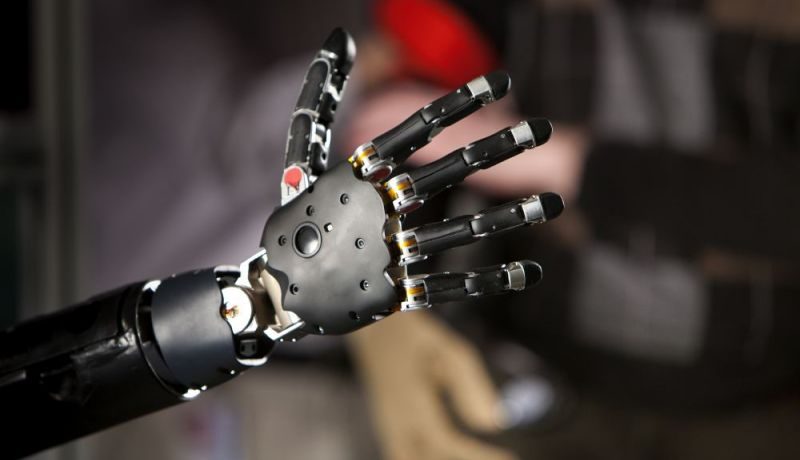
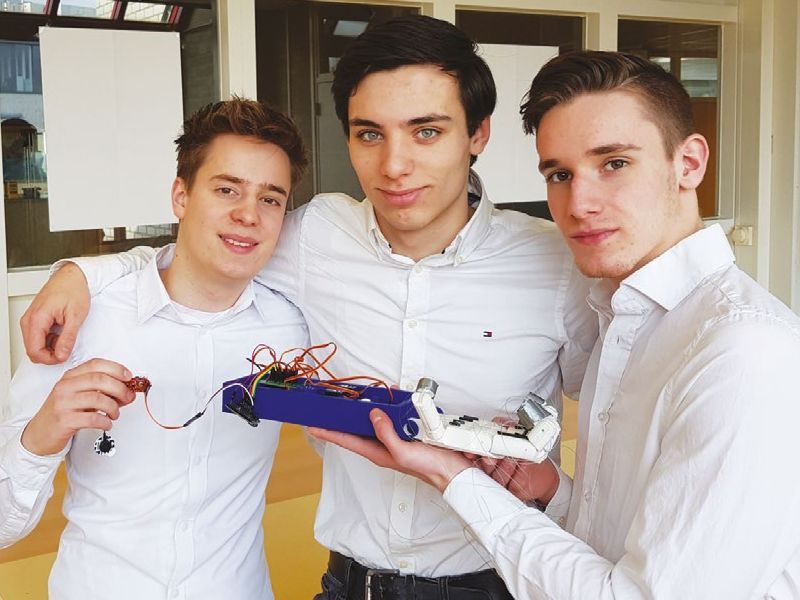
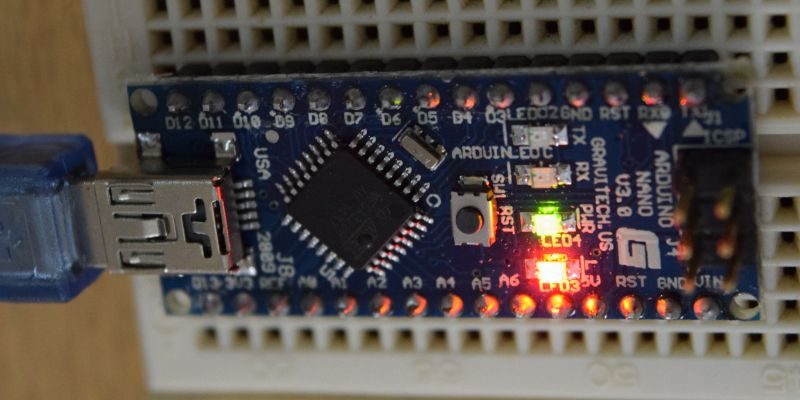
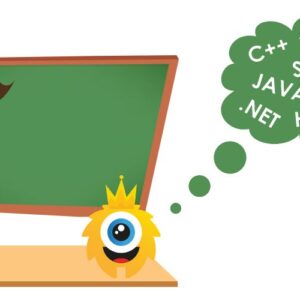
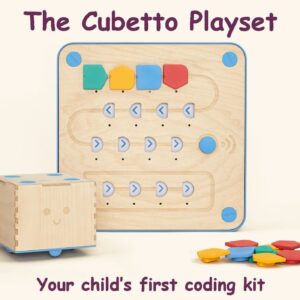
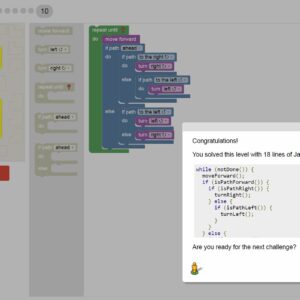
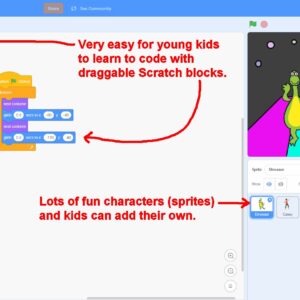
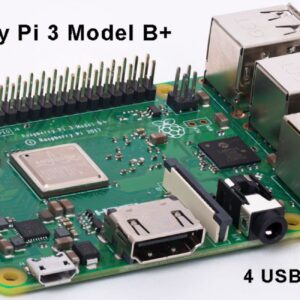
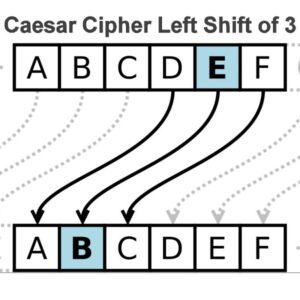
Raspberry Pi 3 Model B+ 4 USB 2.0 Ports #RaspberryPi...
Google Blockly Games Maze 10 Best Answer #Blockly #Javascript #Coding...
Google Blockly Games Maze 5 Solution #Blockly #Javascript #Coding...
Secondary School Coding Curriculum Key Stage 3: design, use and evaluate computational abstractions that model...
Arduino IDE Manage Libraries #Arduino...
How to Manually Install an Arduino Library Folder #Arduino...